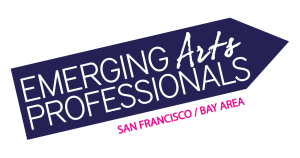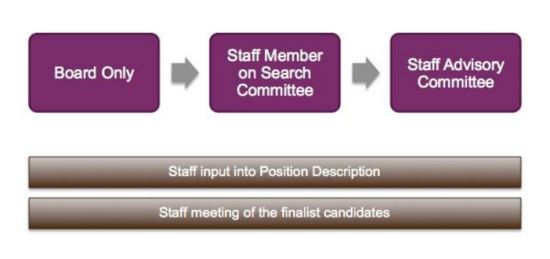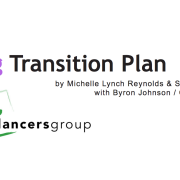In Times of Transition: Reflection Over Direction
As Dancers’ Group’s mentioned in their insightful Living Transition Plan, organizational transitions can be emotional. They can produce feelings of confusion, anxiety, excitement, hope, frustration, relief, or resentment. At the same time, a leadership change offers a fantastic opportunity for an organization’s constituents to recognize and honor its essential values and culture. It can also provide an important stretch of time for staffers to grow comfortable with the idea of change and prepare to enter the next era from a place of strength.
Over the past four years, I have had the opportunity to serve as interim director of three different arts nonprofits, and have come to deeply value the work in the same way I do international travel. I get to move to a new “country” and immerse myself in its customs and culture, learn the local language, and reflect on its inner workings. In exchange, my outsider perspective naturally generates questions and observations about the organization that can lead stakeholders to self-reflect and better define their own goals and intentions.
As Interim Director, I might introduce some unfamiliar ideas or approaches, but unless the organization is going through major turmoil, my job isn’t to provide long-term vision or institute big changes. Instead, I am there to encourage and support those who are living through—and most affected by—the transition. While staff at all levels can and should be leaders in succession planning, they also need support. Especially at smaller organizations with 15 or fewer employees, the loss of a leader can create significant extra work and stress for those who remain. But it also provides a chance for staffers at all levels to challenge or even reinvent themselves, to test out a new ideas, and to step into greater roles of responsibility. To become, in a word, more “leaderful” (a term introduced in the Living Transition Plan that has quickly entered my daily lexicon!). An Interim Director can help by listening hard, asking the right questions, and simply getting out of the way.
Right now I am wrapping up a six-month tenure at Southern Exposure, a local nonprofit that supports emerging visual artists. I just held my last one-on-one meeting with each of the four staff members, all of whom are highly accomplished, passionate workers. I asked them to revisit the list of 2016 goals they developed last fall, and reflect on the past six months by considering the following questions:
- Do you have any new insights or takeaways about your:
- Job responsibilities and overall role?
- Recent accomplishments?
- Potential (recognized or unrecognized)?
- Professional development or work style needs?
- Professional aspirations?
- Are there any new dynamics or realities that have developed during this transition that you hope continue into the future? Or any that you hope don’t continue?
- What kind of impression do you hope to make on the new ED? What actions or efforts on your part could help her form that desired impression?
I didn’t require them to write anything or formally answer each question (they have enough work on their plates already!). We just used the questions as a starting point, and I let them lead the way. The result was a series of rich conversations that left them feeling confident, empowered, and eager to welcome their new leader. They had a safe space to openly voice their hopes and dreams, I shared my observations about their strengths and challenges, and together we made a roadmap for the future. In addition, their honest feedback will inform my opening conversations with the new ED, as I can more easily share information and expectations that the staff might be shy to disclose to a new manager right off the bat. I can set the new leader up for success and provide the kind of valuable context that will enable everyone start off on solid ground.
I should note that while my outsider status has often been helpful in quickly cultivating trust and openness, an Interim promoted from within an organization can absolutely play the same crucial role in supporting staff and empowering them during the transition process. It just takes genuine listening, championing what is working well, and communicating with honesty and clarity.
Leadership transitions do not need to feel like lost time where employees are in limbo, full of anxiety and uncertainty. With the right kind support, staffers can use transition time productively to recognize and examine their own perspectives, and prepare to enter the organization’s next chapter from a place of strength and self-awareness.
ABOUT THE AUTHOR
Leigh Lehman has worked in the nonprofit arts sector for over 15 years. Since serving as Executive Director of 826 Valencia for five years, she has spent the last four years assisting various Bay Area nonprofits such as Headlands Center for the Arts and the David Brower Center through times of transition or leadership change. Currently, she is wrapping up an Interim Directorship at Southern Exposure. She also serves as Managing Director of the dance program Rhythm & Motion.






